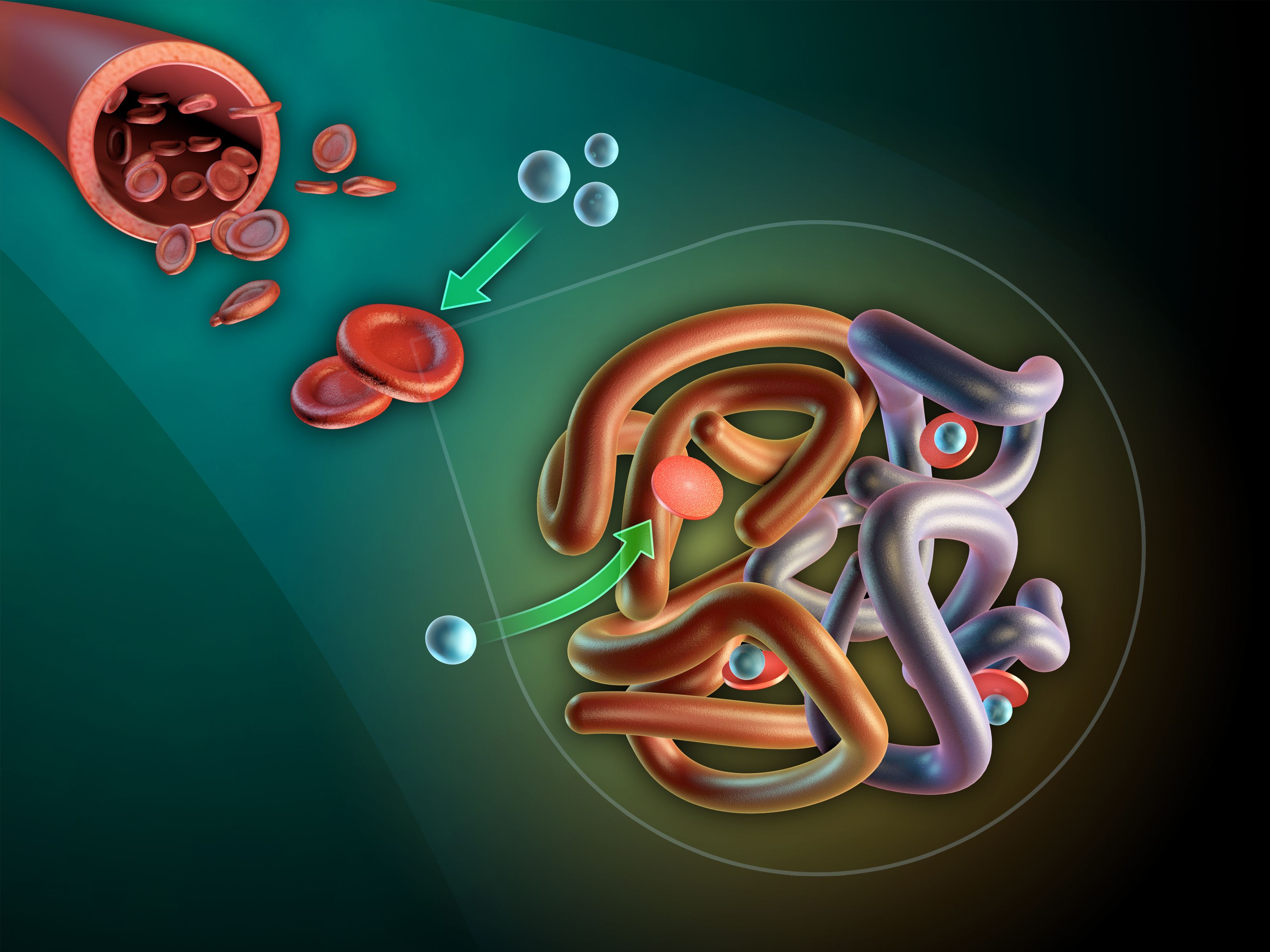Article
Review Finds Several AD Treatment Options, More to Come
Author(s):
A handful of systemic therapies can be prescribed off label to effectively treat atopic dermatitis (AD), but investigators said a biologic option may be best for many patients.
Atopic dermatitis (AD) that cannot be controlled with topical medications may warrant systemic therapy, although the choice of which therapy is highly dependent on the individual case, according to a new review article.
Writing in the Journal of Asthma and Allergy, the authors outlined the latest research on a number of therapies that can be prescribed to treat AD, including off-label cyclosporine A (CsA), azathioprine (AZA), methotrexate (MTX), and mycophenolate mofetil (MMF), or the biologic Dupixent (dupilumab).
AD is more common in children than in adults, with as many as 1 in 5 children globally affected by the condition compared with about 10% of adults. It can also affect infants, although systemic therapy is rarely utilized in such cases, the authors wrote.
The International Eczema Council recommends that physicians look at nontherapeutic solutions, such as avoiding triggers treating coexistent infections or educating parents and caregivers before considering systemic therapy. However, in cases when systemic therapy is warranted, the investigators said physicians and patients have several choices.
CsA, an immunosuppressive agent, has been shown to be effective—despite symptoms often returning following cessation of the treatment. The investigators said a systematic review of 15 studies including 602 children and adults found a mean clinical improvement of 55% after 6 to 8 weeks of treatment. However, about half of those patients relapsed within 2 weeks of stopping CsA, and 80% had relapsed by 6 weeks.
“It has a rapid onset of action and an acceptable short-term adverse effect profile,” they wrote. “However, relapse is common upon discontinuation of treatment, and potential long-term side effects are concerning.”
The purine analog AZA has also been shown to be effective for both adults and children (who are typically prescribed a half-dose); however, the authors said one of the drug’s 3 pathways is degrading to inactive metabolites by thiopurine methyltransferase (TPMT), which means it is not suitable for all patients.
“TPMT activity is controlled by a genetic polymorphism, and patients can have high activity, intermediate activity, or low activity,” the authors explained.
Patients with intermediate, low, or absent TPMT activity could be at an increased risk of myelotoxicity, the investigators said. In cases with low or absent TPMT activity, the risk could be life-threatening. Thus, the authors said TPMT genotyping or phenotyping is warranted to identify patients at risk of the complication.
MTX, a folic acid antagonist, has not been studied as extensively as the other therapies, but the authors said it has demonstrated similar efficacy to CsA and AZA. Compared with CsA, they said the improvement comes more slowly with MTX; however, MTX led to more durable responses, according to existing data.
Similarly, MMF has not been widely studied. Existing evidence suggests it can be effective in both children and adults with severe AD and may be better tolerated than AZA.
Lastly, the investigators turned to dupilumab, the only biologic approved by the FDA to treat childhood (ages 6 and above) and adult AD. The drug has performed well in clinical trials and has a favorable safety profile, aside from reports of injection-site reactions and conjunctivitis, the investigators said.
“Dupilumab is considered the first-line systemic therapy of choice in the management of AD given its effectiveness upon clinical manifestations, excellent benefit/risk profile, and positive impact upon patients’ and families’ quality of life,” they said.
The investigators said several other biologics and small-molecule drugs are currently being developed and investigated to treat AD, but that therapies appear to provide meaningful relief for many patients.
“Ultimately, the choice of systemic therapy depends on each individual patient’s needs, and patient education is essential to improve treatment adherence,” they concluded.
Reference
Davari DR, Nieman EL, McShane DB, Morrell DS. Current perspectives on the systemic management of atopic dermatitis. J Asthma Allergy. 2021;14:595-607. doi:10.2147/JAA.S287638





